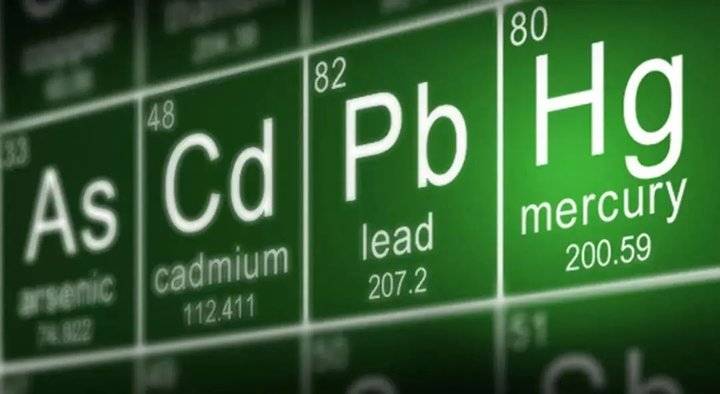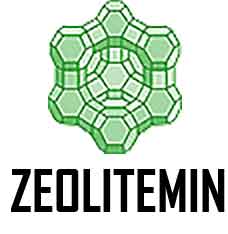
Heavy Metal Absorption Application
Natural Zeolite Clinoptilolite is used as a heavy metal adsorbent in the environment. When zeolite has adsorption of heavy metals by Cation exchanged It help to solve water and soil pollution. Cation exchange media often prove to be the most beneficial solution when evaluating groundwater contaminant treatment options in industrial and military installations. Among the sorbents available, tests have shown that natural zeolite can be used favorably as a cost-effective alternative to activated carbon because of its ease of availability and relatively low cost.
The naturally occurring exchangeable cations (calcium, potassium, and sodium) of zeolite clinoptilolite are benign and can be exchanged with lead, zinc, manganese, and other common pollutants, making it particularly suitable for capturing toxic heavy metals from industrial effluents.
Natural zeolite is less expensive and is an excellent substitute for organic ion exchange resins in many applications. Mining and metallurgical waste streams are difficult to treat because they often contain potentially valuable heavy metals (such as copper, lead, and silver), are often highly acidic, and contain large amounts of suspended solids. Zeolite clinoptilolite as a molecular sieve can be used as an ion exchanger to remove heavy metal cations such as Cu2+, Cd2+, Zn2+, Ni2+, and Pb2+.
